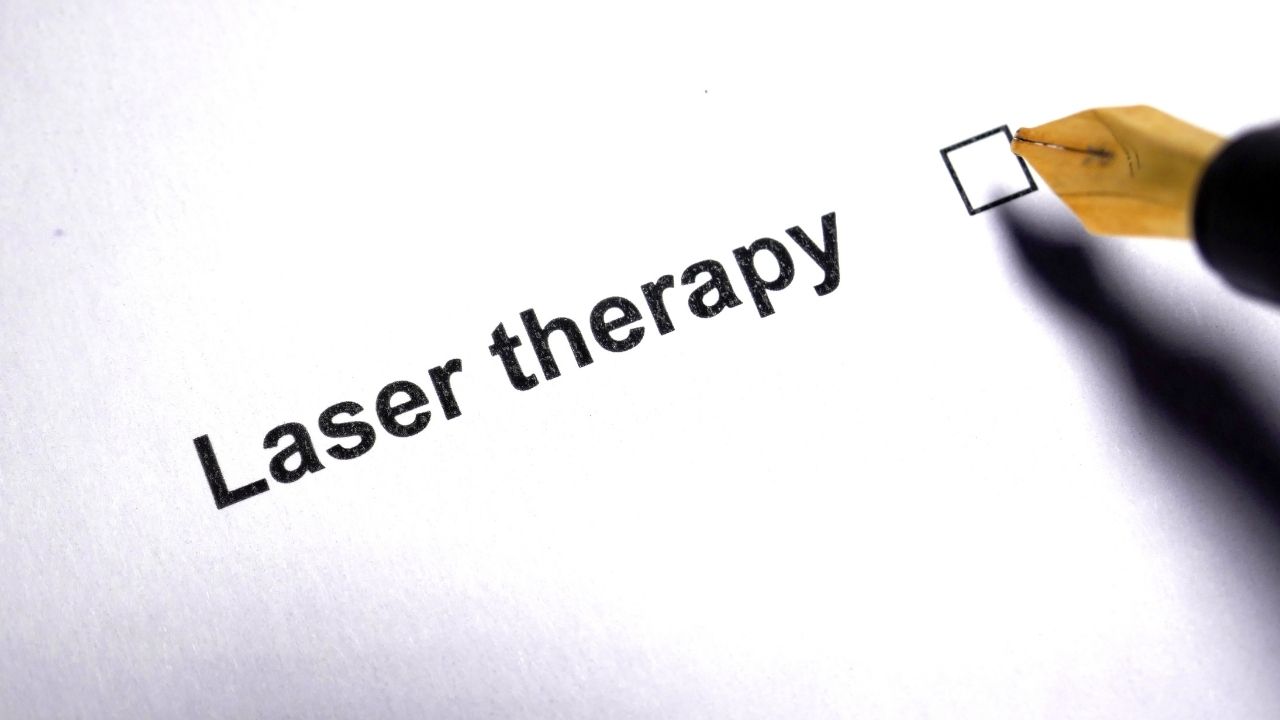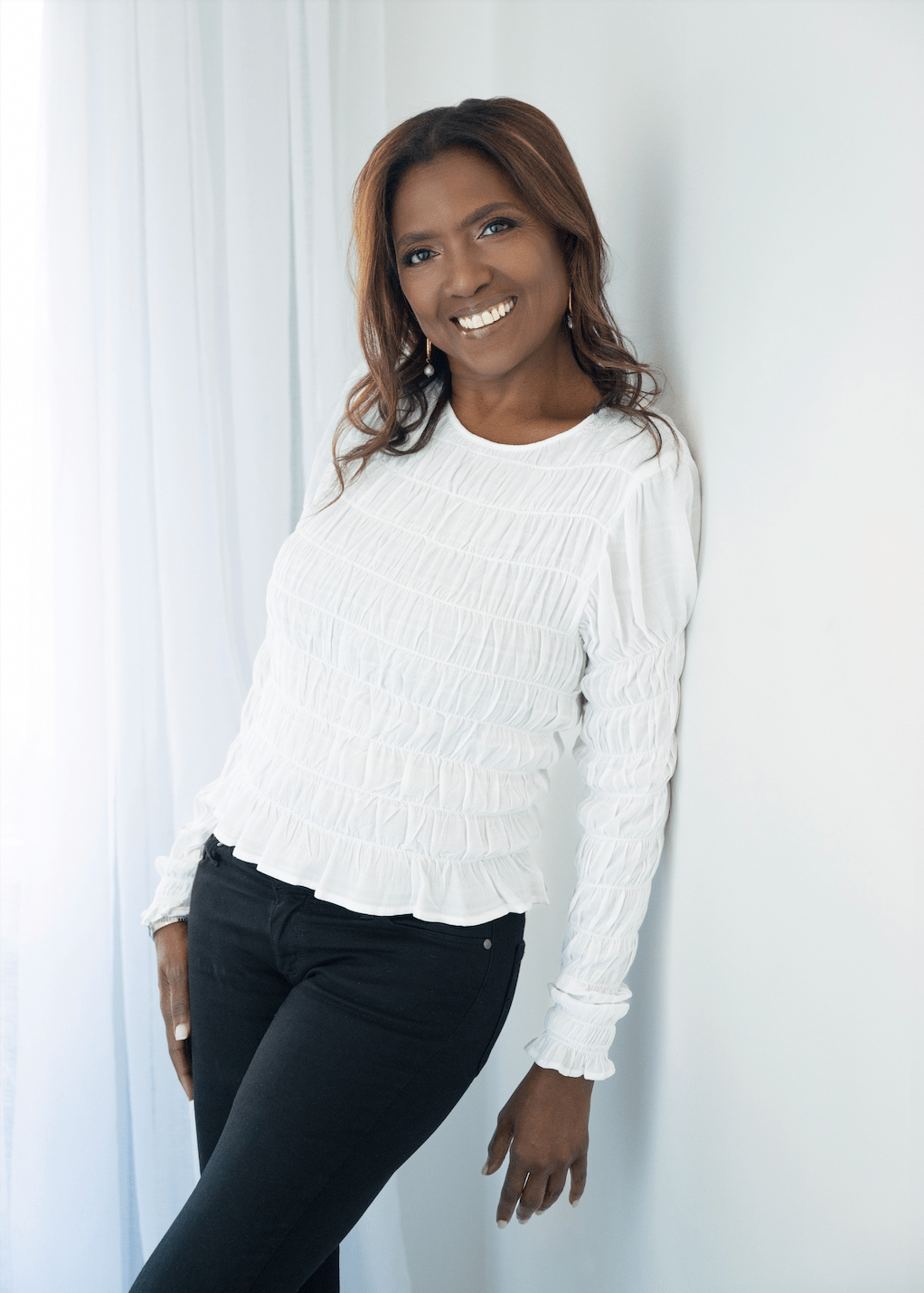Lifestyle
Experts Share How Low Level Laser Therapy Work

Hair loss is a normal part of aging. Whether you’re a man or woman, it’s something that you’ll eventually have to embrace. But there’s a difference between embracing who you are and letting hair loss lead to premature balding. If you want to address the issue, low level laser therapy is one of the most effective options.
What is LLLT?
Low level laser therapy (LLLT), known in scientific circles as photobiomodulation, has been around for decades. However, it’s only just recently become accessible to the masses.
LLLT was first discovered in 1967 by Endre Mester who was working at the Semmelweis University in Budapest, Hungary. He found that applying laser light to the backs of shaven mice would actually induce hair to grow back more quickly than normal. Furthermore, he found that lasers could be used to treat skin ulcers, wounds, and certain neurological disorders.
“LLLT involves exposing cells or tissue to low levels of red and near infrared (NIR) light, and is referred to as ‘low level’ because of its use of light at energy densities that are low compared to other forms of laser therapy that are used for ablation, cutting, and thermally coagulating tissue,” explains a study published in the Annals of Biomedical Engineering. “LLLT is also known as ‘cold laser’ therapy as the power densities used are lower than those needed to produce heating of tissue.”
It was previously thought that LLLT required coherent laser light, but researchers have found that light emitting diodes (LEDs) are equally as effective and less expensive.
And while LLLT is used for dozens of therapeutic techniques, its application for hair loss is among the most prized and highly sought after — particularly since it’s become available as a consumer product.
“Until recently, this technology was available only through expensive procedures performed by physicians. Now, you can have it right in your own home for a more comfortable, more time-efficient method of treating hair loss,” explains Kiierr, one of the leading providers of laser hair growth caps.
In terms of hair regrowth, LLLT irradiates photons into scalp tissues. And as these photons are absorbed by weaker cells, it encourages hair growth. In other words, laser therapy improves cellular respiration, stimulates hair follicles, and jumpstarts the hair growth process.
LLLT technology is FDA approved and has been backed by numerous clinical trials. Here are two of them:
- In a 2014 study, low level laser therapy was found to be both safe and effective for hair growth in men and women.
- In a separate study of 41 males between the ages of 18 and 48, laser therapy produced a 39 percent increase in hair growth over a 16-week period.
Who Should Try LLLT?
As more consumers learn about LLLT, it’s becoming a favored option for fighting hair loss. So, is it right for you? Here are some instances where it makes sense:
- You’re experiencing some sort of rapid or premature hair loss. This could be balding at the crown of the head, thinning, and/or a receding hairline. LLLT will not only slow the rate of hair loss, but it could also allow you to regrow hair in areas where you were previously balding.
- You need help regrowing hair, but you don’t want to go through the pain and hassle of a hair transplant procedure. You’d prefer something convenient and discreet that can be done in the comfort of your own home.
- You aren’t interested in hair loss medications because of the side effects, mess, and ongoing monthly expense. You’d rather have a cost-effective option with no side effects.
LLLT is for both men and women. Whether your hair loss is caused by hereditary factors, changes in hormones, stress, or unknown factors, laser therapy can help you grow a thicker and fuller scalp of hair.
Other Helpful Tips for Fighting Hair Loss
While it’s certainly one of the most effective methods for fighting hair loss, LLLT is just one option. If you’re going to try it, make sure you’re setting yourself up for success with the lifestyle decisions you make. Diet, nutrition, sleep, and stress reduction are all important factors. Live a healthy life and do what you can to fight back against hair loss!
Lifestyle
Wanda Knight on Blending Culture, Style, and Leadership Through Travel

The best lessons in leadership do not always come from a classroom or a boardroom. Sometimes they come from a crowded market in a foreign city, a train ride through unfamiliar landscapes, or a quiet conversation with someone whose life looks very different from your own.
Wanda Knight has built her career in enterprise sales and leadership for more than three decades, working with some of the world’s largest companies and guiding teams through constant change. But ask her what shaped her most, and she will point not just to her professional milestones but to the way travel has expanded her perspective. With 38 countries visited and more on the horizon, her worldview has been formed as much by her passport as by her resume.
Travel entered her life early. Her parents valued exploration, and before she began college, she had already lived in Italy. That experience, stepping into a different culture at such a young age, left a lasting impression. It showed her that the world was much bigger than the environment she grew up in and that adaptability was not just useful, it was necessary. Those early lessons of curiosity and openness would later shape the way she led in business.
Sales, at its core, is about connection. Numbers matter, but relationships determine long-term success. Wanda’s time abroad taught her how to connect across differences. Navigating unfamiliar places and adjusting to environments that operated on different expectations gave her the patience and awareness to understand people first, and business second. That approach carried over into leadership, where she built a reputation for giving her teams the space to take ownership while standing firmly behind them when it mattered most.
The link between travel and leadership becomes even clearer in moments of challenge. Unfamiliar settings require flexibility, quick decision-making, and the ability to stay calm under pressure. The same skills are critical in enterprise sales, where strategies shift quickly and no deal is ever guaranteed. Knight learned that success comes from being willing to step into the unknown, whether that means exploring a new country or taking on a leadership role she had not originally planned to pursue.
Her travels have also influenced her eye for style and her creative pursuits. Fashion, for Wanda, is more than clothing; it is a reflection of culture, history, and identity. Experiencing how different communities express themselves, from the craftsmanship of Italian textiles to the energy of street style in cities around the world, has deepened her appreciation for aesthetics as a form of storytelling. Rather than keeping her professional and personal worlds separate, she has learned to blend them, carrying the discipline and strategy of her sales career into her creative interests and vice versa.
None of this has been about starting over. It has been about adding layers, expanding her perspective without erasing the experiences that came before. Wanda’s story is not one of leaving a career behind but of integrating all the parts of who she is: a leader shaped by high-stakes business, a traveler shaped by global culture, and a creative voice learning to merge both worlds.
What stands out most is how she continues to approach both leadership and life with the same curiosity that first took her beyond her comfort zone. Each new country is an opportunity to learn, just as each new role has been a chance to grow. For those looking at her path, the lesson is clear: leadership is not about staying in one lane; it is about collecting experiences that teach you how to see, how to adapt, and how to connect.
As she looks to the future, Wanda Knight’s compass still points outward. She will keep adding stamps to her passport, finding inspiration in new cultures, and carrying those insights back into the rooms where strategy is shaped and decisions are made. Her legacy will not be measured only by deals closed or positions held but by the perspective she brought, and the way she showed that leading with a global view can change the story for everyone around you.
-

 Tech5 years ago
Tech5 years agoEffuel Reviews (2021) – Effuel ECO OBD2 Saves Fuel, and Reduce Gas Cost? Effuel Customer Reviews
-

 Tech6 years ago
Tech6 years agoBosch Power Tools India Launches ‘Cordless Matlab Bosch’ Campaign to Demonstrate the Power of Cordless
-

 Lifestyle6 years ago
Lifestyle6 years agoCatholic Cases App brings Church’s Moral Teachings to Androids and iPhones
-

 Lifestyle5 years ago
Lifestyle5 years agoEast Side Hype x Billionaire Boys Club. Hottest New Streetwear Releases in Utah.
-

 Tech7 years ago
Tech7 years agoCloud Buyers & Investors to Profit in the Future
-

 Lifestyle5 years ago
Lifestyle5 years agoThe Midas of Cosmetic Dermatology: Dr. Simon Ourian
-

 Health7 years ago
Health7 years agoCBDistillery Review: Is it a scam?
-

 Entertainment6 years ago
Entertainment6 years agoAvengers Endgame now Available on 123Movies for Download & Streaming for Free
